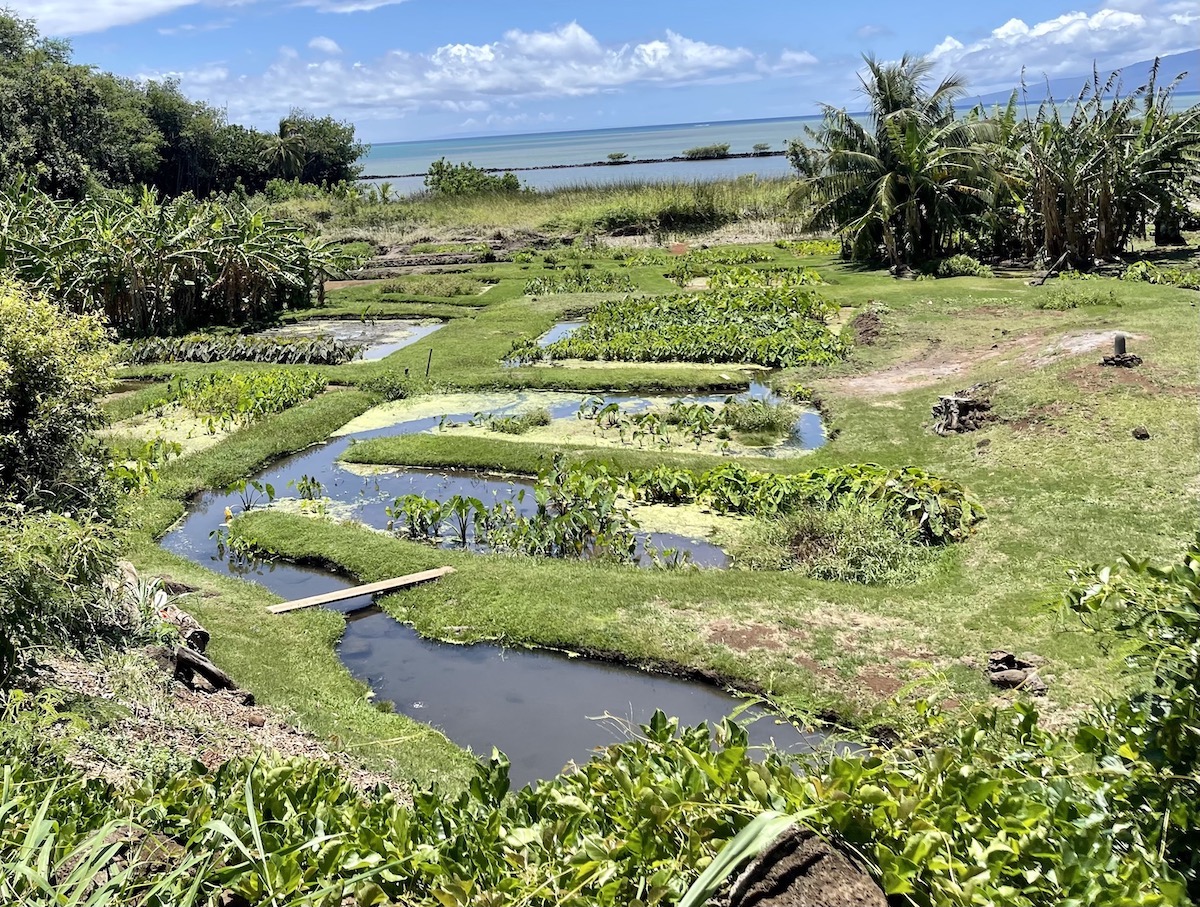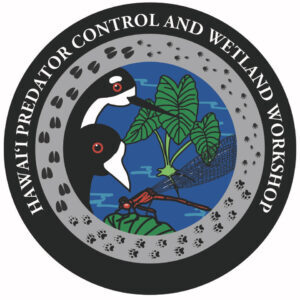
Photo by Helen Raine
Hawaiʻi partners took part in the North American Waterfowl Management Plan (NAWMP) Webinar Series in May, with five speakers sharing their expertise and perspective on “The Role of Indigenous Resource Management in the Recovery of Endangered Hawaiian Waterbirds and Provision of Ecosystem Services to Communities in Hawaiʻi.”
Hawaiians traditionally used a system of adaptive resource management on the islands that enhanced biocultural diversity, supported endemic waterbirds, provided resilient food systems and offered similar ecosystem services to natural wetlands. Revitalizing this approach in the restoration of wetlands can help address conservation issues, including the recovery of threatened and endangered waterbirds, as well as supplying sustainable food for local communities and mitigating climate impacts. As one example, loʻi kalo (taro pond fields) have the potential to compensate for projected losses of wetland habitat due to sea level rise in Hawaiʻi.
Kaleo Wong, Executive Director of Kauluakalana, presented from under an umbrella at his loʻi kalo, a safe distance from an active ʻalae ʻula nest, underlining the importance of these spaces for waterbird management. The other presenters were Dr. Kawika Winter, Reserve Manager at He`eia National Estuarine Research Reserve; Lindsey Nietmann, a biologist at Divison of Forestry and Wildlife; Kirsten Harmon, of the University of Hawai‘i, Mānoa; and Helen Raine, Hawaiʻi Conservation Coordinator for Pacific Birds.

The October 2023 Hawaiʻi Predator and Wetlands Workshop will be running sessions focused on loʻi and Hawaiian Waterbirds, among other related topics. Find out more and register for the Workshop.
